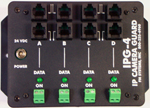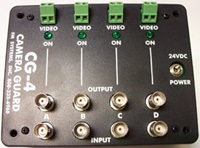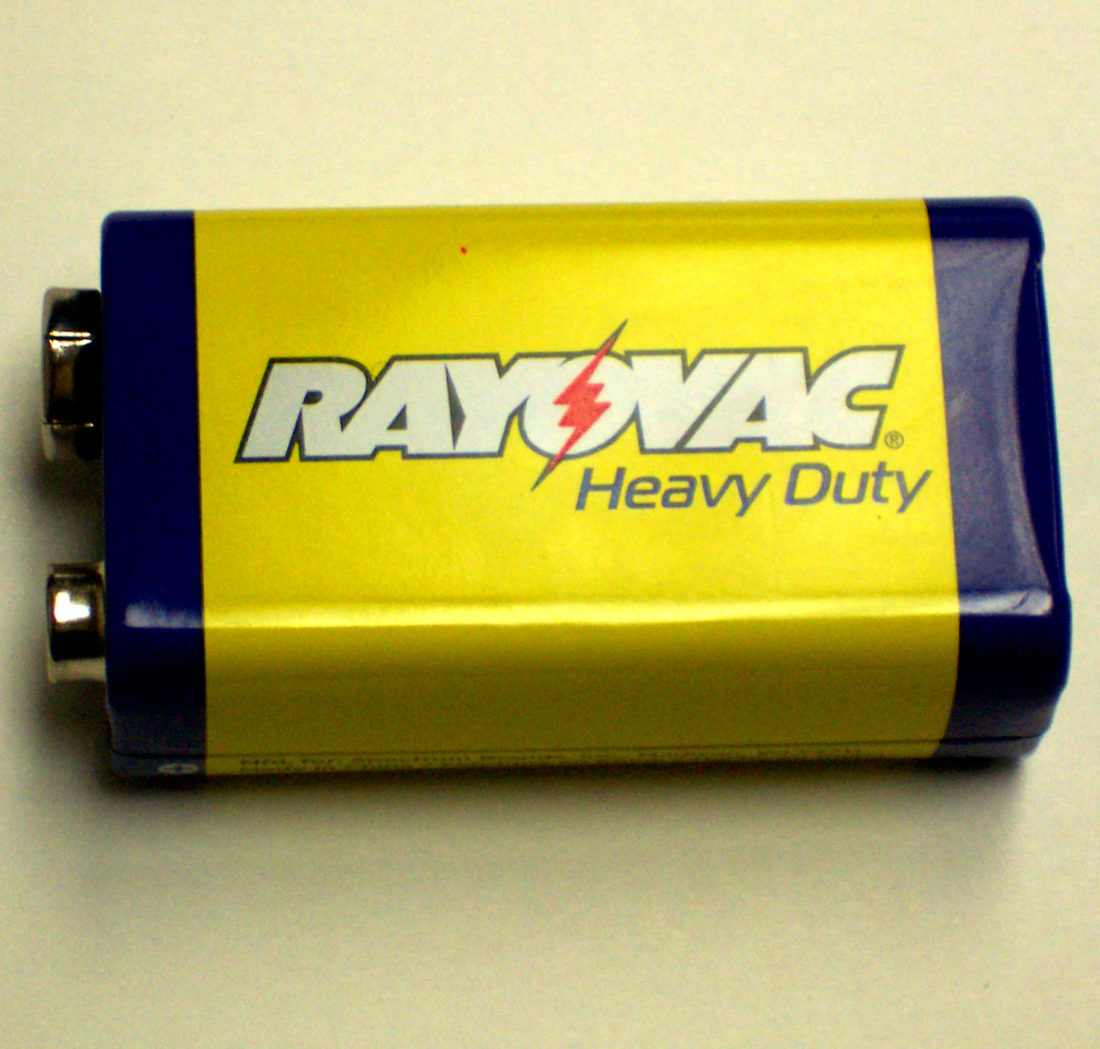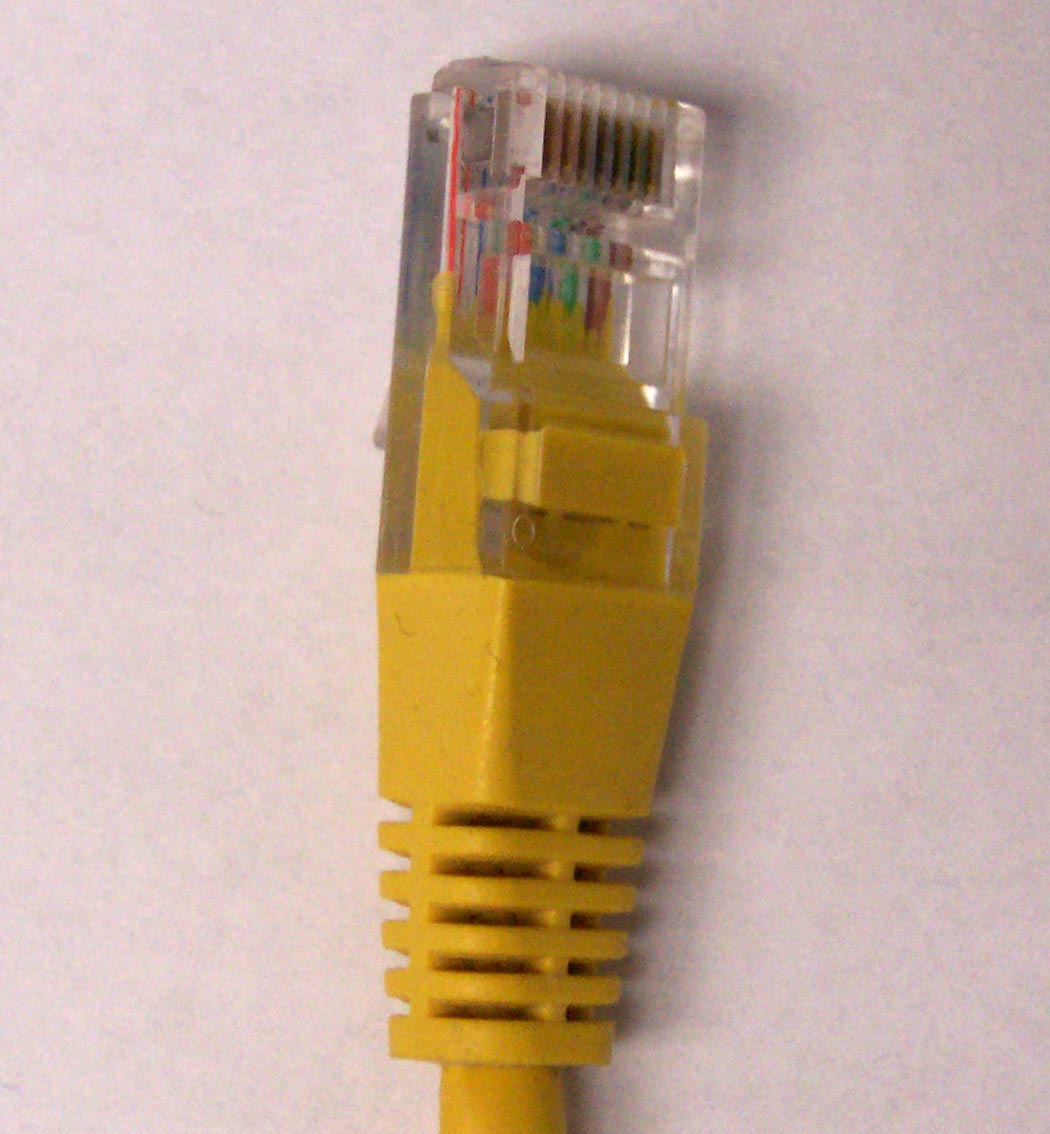
VIDEO LOSS RELAYS TITLE 25 PART 542 OF THE e-CFR

By: Don McClatchie
Video cameras have been used in the gaming industry since they became commercially affordable. Used for surveillance of the game playing tables and overall gaming floor observations. Many rules and regulations have been developed to incorporate the use of video surveillance cameras in Tier A, Tier B and Tier C gaming operations contained in Title 25 Chapter III Subchapter D Part 542. This article will cover those parts that apply to video loss detection and shut down of gaming when video cameras are obstructed or tampered with. It is suggested that you down-load a copy of the complete standard for more information about other sections.
Contained within the scope of Title 25 Part 542 of the Electronic Code of Federal Regulations e-CFR are sections that regulate the use of video cameras and video loss detection to shut down the gaming if the video is not being recorded. Alternate cameras or personnel must be used, or the gaming must subside until the games can be supervised.
In Part 542 for Tier A, Tier B and Tier C the language is the same regarding the minimum internal standards for surveillance camera use and is as follows.
Tier A Part 542.23, 33, 43 number (1) states “In the event of a dedicated camera malfunction, the gaming operation and/or the surveillance department shall, upon identification of the malfunction, provide alternative camera coverage or other security measures, such as additional supervisory or security personnel, to protect the subject activity”. For practical purposes the gaming video cameras must be supervised or equipment like video loss detectors can be used to operate an alarm to draw attention to the loss of surveillance.
Section (i) Bingo. “The surveillance system shall record the bingo ball drawing device, the game board, and the activities of the employees responsible for drawing, calling, and entering the balls drawn or numbers selected”.
Section (k) Keno. “The surveillance system shall record the keno ball-drawing device, the general activities in each keno game area, and be capable of identifying the employees performing the different functions”.
Once again, the words “shall record” does require the immediate notification of any camera failure or loss of video. To meet this requirement the easiest way is to install video detection equipment on each camera and use an alarm to announce to loss to local personnel or shut down the gaming when no staff is available.
This surveillance standard has similar language in other sections which all indicate that surveillance of the gaming must go un-interrupted and personnel must take over surveillance or the gaming must be shut down. There are two kinds of equipment that can fill the need for video loss detection and relay control for both IP HD cameras and standard and HD analog cameras.
For the IP type cameras, you can use the IPG-4 a four channel IP video loss detector and dry contact relay output unit. The IPG-4 unit has a loop-through IP input and either a dry contact relay output with a selectable normally open or normally closed contact or you can select the 24 volt output voltage using the internal jumpers.
If you are using analog cameras either HD-TVI, HD-CVI, AHD or standard definition you can use a unit called CG-4 a four channel BNC video loss detector with dry contact relay outputs. This unit has two video loop-through BNC connectors or the video and dry contact relay outputs also selectable for normally open or normally closed operation. Each unit has four independently operating video detectors and output relays to monitor four cameras different cameras the optimal amount for most gaming systems.
Both these units monitor the through put video and operate C form relay when the video fails guarantying continuous video, an alarm, or shut down feature of the gaming. These units can be used anywhere video must be monitored for continuous operation. Use them to bring your video surveillance system into compliance with Title 25 Part 542. For more information or to try one call: 800-235-6960 or go to fmsystems-inc.com.






